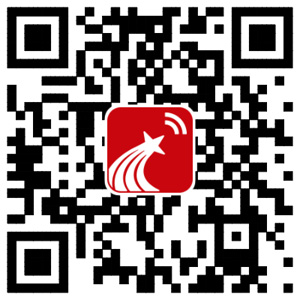关键词:
agonist
antibody engineering
single domain antibody
nanobody
Nb
TNF
TNFR2
摘要:
We identified several TNFR2-specific nanobodies (Nbs). When formatted as dimeric Fc fusion proteins, these nanobodies exhibited no agonistic activity. To improve activity, we genetically fused one, two, or three copies of the TNFR2-specific Nb:188 to the constant regions of an IgG1 antibody, an Fab fragment, an Fc domain or the trimerization domain of tenascin-C resulting in constructs with 2–12 Nb:188 domains. Constructs with 2 or 3 Nb:188 domains displayed no or minimal activity, while those with 4 and 5 Nb:188 domains demonstrated moderate activity. However, constructs with 6 or more Nb:188 domains exhibited potent agonism, reaching half-maximal TNFR2 activation at concentrations in the low picomolar range. Similarly, hexameric constructs generated with other TNFR2-specific Nb domains demonstrated robust agonism, too. Benchmarking against various other ligand- and antibody-based TNFR2 agonists revealed that the hexameric 3xNb:188-Fc format displays superior specific activity and efficiently expands regulatory T cells (Tregs).
We identified several TNFR2-specific nanobodies (Nbs). When formatted as dimeric Fc fusion proteins, these nanobodies exhibited no agonistic activity. To improve activity, we genetically fused one, two, or three copies of the TNFR2-specific Nb:188 to the constant regions of an IgG1 antibody, an Fab fragment, an Fc domain or the trimerization domain of tenascin-C resulting in constructs with 2–12 Nb:188 domains. Constructs with 2 or 3 Nb:188 domains displayed no or minimal activity, while those with 4 and 5 Nb:188 domains demonstrated moderate activity. However, constructs with 6 or more Nb:188 domains exhibited potent agonism, reaching half-maximal TNFR2 activation at concentrations in the low picomolar range. Similarly, hexameric constructs generated with other TNFR2-specific Nb domains demonstrated robust agonism

